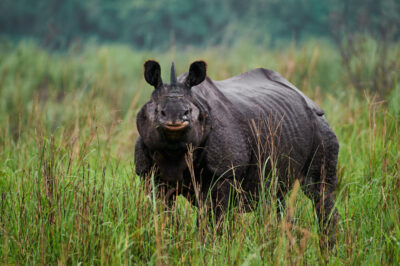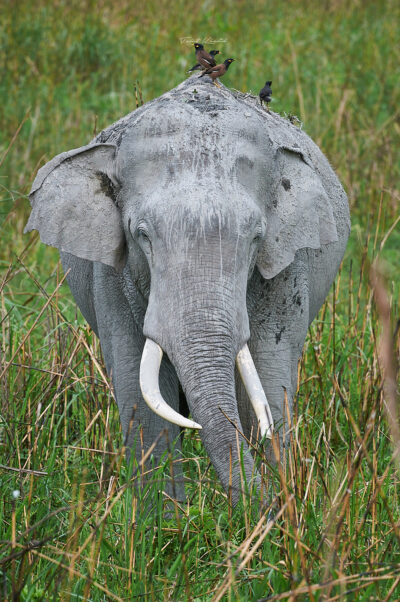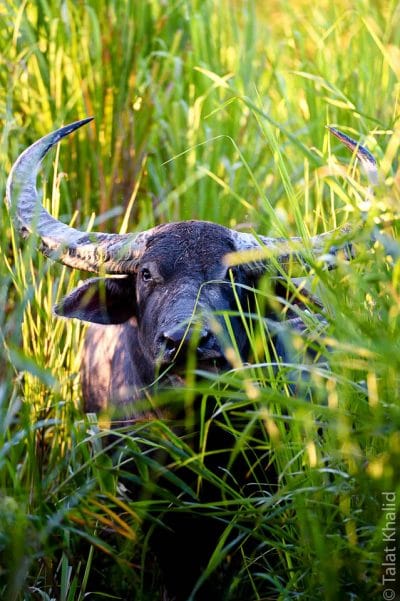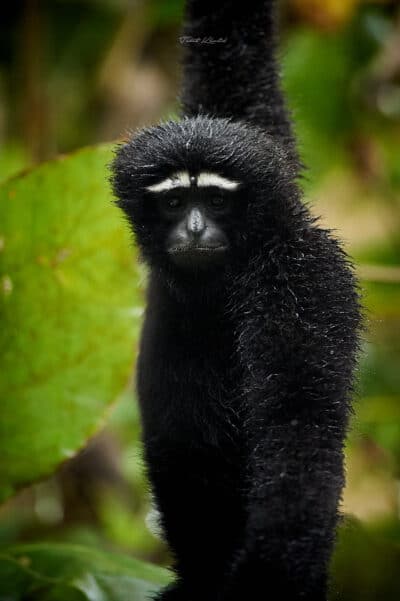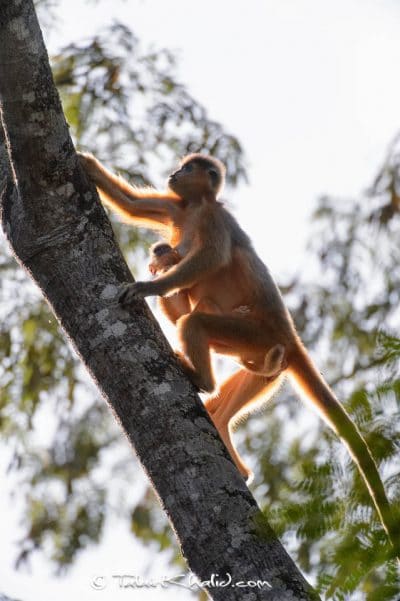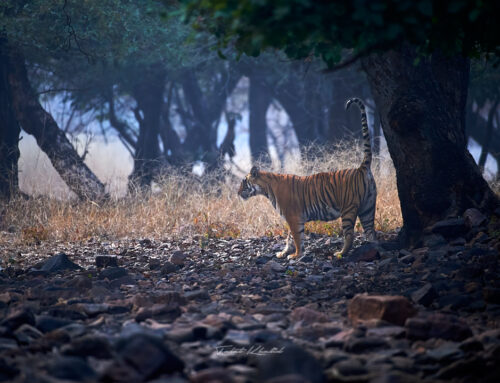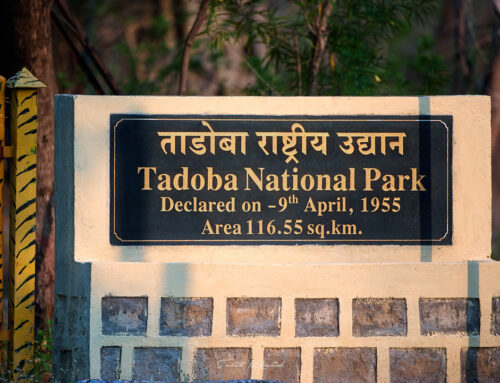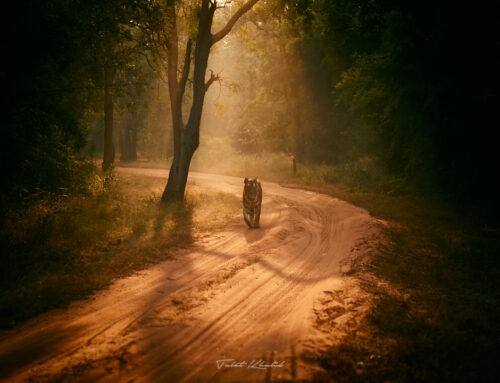Kaziranga: An Eden for One horned Indian Rhinos
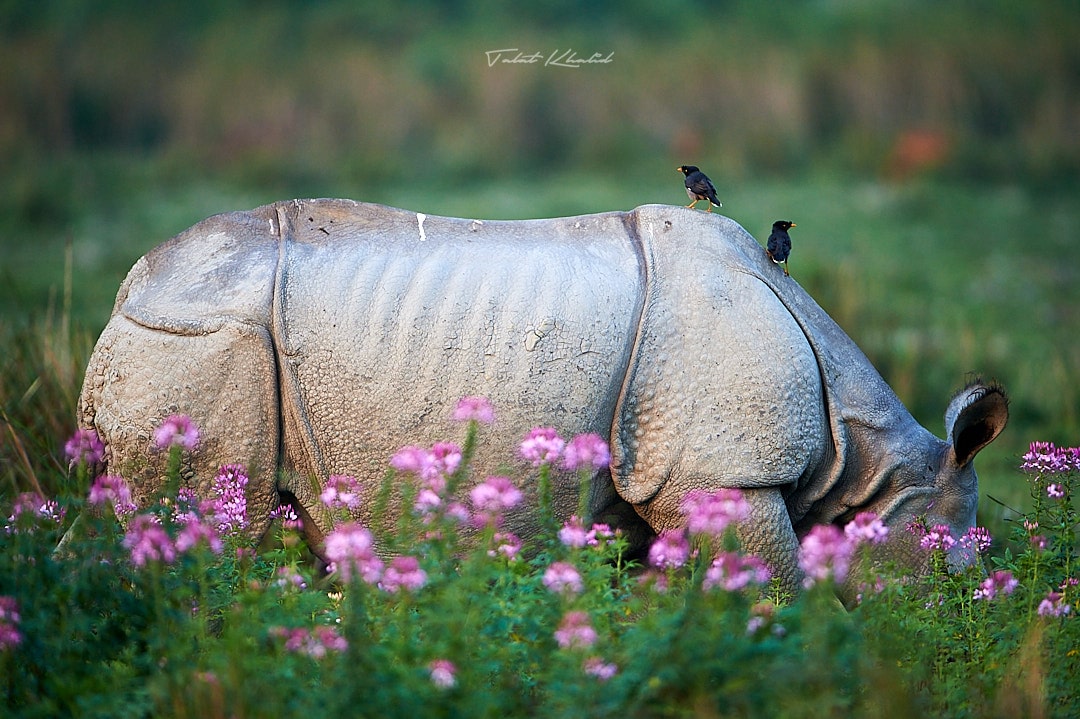
Table of contents
About Kaziranga national park.
About Kaziranga National Park.
Kaziranga National Park is the best park for the one-horned Rhinos.
It has the largest population of one-horned Rhinos in the world. Besides rhino there are a wide variety of other wildlife, like elephants, tigers, water buffaloes, swamp deer, and also river dolphins.
Kaziranga has more than 2,000 rhinos. Beside rhinos, there are about 1200 Indian Elephants, 100 plus tigers. Kaziranga has the highest density per sq km. however they are very rarely sighted due to the elephant grass.
There are many other animals and birds making kaziranga a very rich eco system.
Kaziranga is very famous with nature lovers and photographers.
Season and Park Safari
The Park is open from Nov to April. The best time to visit is from mid-February to mid-Apr. This is when you will see lots of Rhinos. Park closes in April end due to the anual rainy season.
Safari can be done by Jeep, Elephant and Boat in the river.
For Photography, the Jeep safaris are the best. A single Elephant safari is however worth in the early morning and will allow for incredible landscape shots during sunrise.
The best time to visit is after the burning of grass around March when new green shoots have grown. This is when all the wildlife comes out of the forest to feast in the open grasslands. Visibility is at its highest and great for photography. Rhinos, Elephants, Buffaloes they are all there.
Kaziranga Entry Points & Zones.
Kaziranga National Park is divided into 4 zones:
- Central Zone (Kohora): This is the most popular zone for tourists, and it is home to the highest concentration of rhinos. It is also home to a number of other animals, including elephants, tigers, and water buffaloes.
- Western Zone (Bagori): This zone is known for its grasslands and wetlands, and it is a good place to see rhinos, elephants, and birds.
- Eastern Zone (Agaratoli): This zone is home to a number of rivers and streams, and it is a good place to see rhinos, elephants, and tigers.
- Burapahar Zone (Ghorakati): This is the least visited but if possible your should visit at-least once. It is located on a hilltop, and it offers panoramic views of the park. It is a good place to see birds, and it is also home to a number of other animals, including elephants, tigers. Early morning you can see Hoolock Gibbon Apes around the main road sometimes and India’s Largest hornbill the Great Indian Hornbill. As it is least visited sometimes you will get to see untouched forest with the tracks of safari almost not visible.
List of major animals found in Kaziranga National Park
One-horned rhinoceros (Rhinoceros unicornis). There are more than 2000 rhinos in Kaziranga which is the largest population any where in the world.
Indian Elephant (Elephas maximus indicus). There are around 1,200 Indian or Asian Elephants in the park.
Bengal Tiger (Panthera tigris). There is a healthy population of tigers in kaziranga. About 100 plus tigers. Tigers are top predators and play important role in the eco system.
Water buffalo (Bubalus arnee). Water buffaloes are commonly seen in the grasslands. Some of them have very big horns.
Swamp deer (Rucervus duvaucelii) or barasingha is a medium sized deer found in Kaziranga. Swamp deer are indicators of wetlands health.
Hoolock gibbon (Hoolock hoolock) is the only ape found in India. They are found early morning foraging and making a lot of noise in high canopy of the forest.
Apart from the above there are many other animals and birds. List of Animals
Controlled burning of Grass
Every year around February and March the elephant grass is burned in a controlled manner.
After the burning new grass grows and other unwanted growth is restricted.
The grasslands of Kaziranga are in a seral stage, meaning that they are in a state of transition from forest to grassland. If left unchecked, the grasslands would eventually be overtaken by trees, which would make it difficult for the park’s wildlife to survive. The burning helps to prevent this by killing off the tree saplings and stimulating the growth of new grass shoots.
The burning is also done to improve the nutritional value of the grass. The older grass becomes tough and less nutritious, so the burning helps to create new shoots that are more palatable to the park’s herbivores.
The burning is done in a controlled manner to minimise the risk of fires getting out of control. The forest department starts the fires in small patches and then monitors them closely to ensure that they do not spread.
The controlled burning of the grass in Kaziranga National Park is an important part of the park’s management. It helps to maintain the park’s grasslands in a healthy state and provides food for the park’s wildlife.
The best time to visit is after the burning when new green shoots have grown.
Annual flooding
The annual flooding of the Brahmaputra River in Kaziranga National Park is a natural phenomenon that has both positive and negative effects on the park’s ecosystem.
On one hand the flooding helps the park replenish its water supply and improves the soil quality which is essential for parks wildlife.
On the other hand, the flooding is also be damaging. Every year the flood damages human settlements around the park, the park animals have to migrate to the other higher grounds for safetly. There have been cases when due to severe flooding there have been death of rhinos and other animals.
The park’s management has taken steps to mitigate the damaging effects of the flooding. They have built embankments to protect the park infrastructure and open corridors for wildlife to cross to safety.
Despite the difficulties, the anual Brahmaputra River flood is necessary for the ecosystem of Kaziranga.
Conclusion
Kaziranga National Park is a truly amazing place, and it is a must-visit for any wildlife lover and Photographers.
If you wish to travel and photograph the beauty of Kaziranga you can book our Kaziranga Rhino Photography Tour
